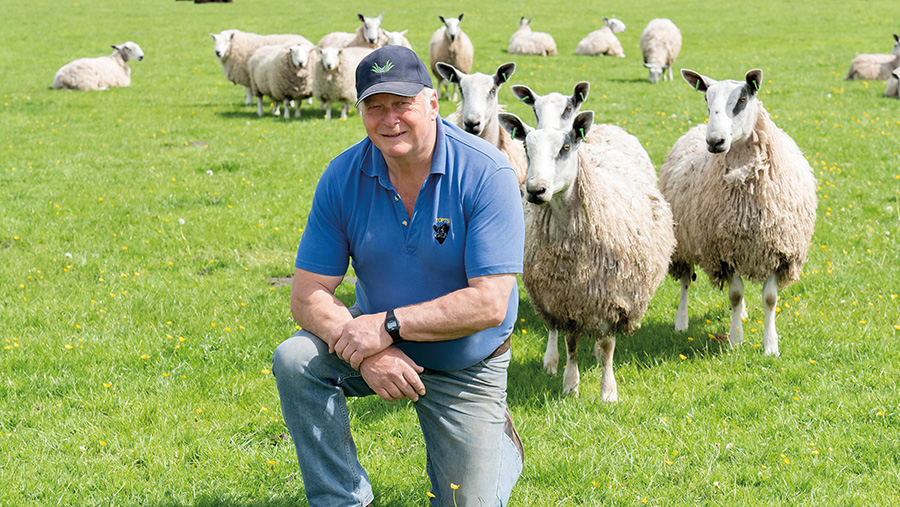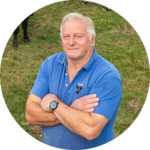Farmer Focus: Are the seasons changing?
 © Angus Findlay
© Angus Findlay It has been an interesting year weather-wise. Winter was mild here in the Borders without excessive rain, allowing for good winter crop growth.
Spring was damp, which delayed spring sowing, but ensured that there was sufficient grass for newly calved cows and lambing ewes.
A warm, damp May ensured a hay and silage crop; then June was hot and dry, which meant that the grass died just as the bulls went out to the cows.
See also: Opinion: Tackling climate change can benefit the bottom line
July was cool and wet, which rekindled grass growth. August came, and we hoped to get harvest under way in full swing, but it was a case of catching crops between the rain showers.
The team here has been amazing in the difficult conditions.
Winter barley, which usually flatters to deceive, has done well, yielding 7.4t/ha (3t/acre), winter oats have also done well at 8.6/ha (3.5t/acre).
Winter wheat has yielded a good average of 9.9t/ha (4t/acre) but was an awful sample.
Spring barleys look terrible, having died in June and recovered in July – there is a lot of second growth. Usually, we treat our feeding barley with Propcorn, however this year we are using Alpha Urea from Norvite.
For an extra £2/t, we should raise the protein by 3% and reduce the pH, making it a better feed.
Grain drying is my concern. One evening we had an unexpected power cut, which didn’t help things. One of the near neighbours tried to harvest an electricity pole along with his oilseed rape.
Apparently the same happened last year, with a different driver – I guess he needs to get the poles GPS-marked for his auto steer!
My neighbours’ bees made virtually no honey in July. The cold and wet in July meant that at the end of August we still had hay to make.
How much nutrition will be in it remains to be seen, but it should still fill a belly when the time comes.
The autumnal feeling has arrived very early and the increased activity at the bird table is noticeable – peanuts have never gone as fast at this time of year before. Does all this add up to climate change?

